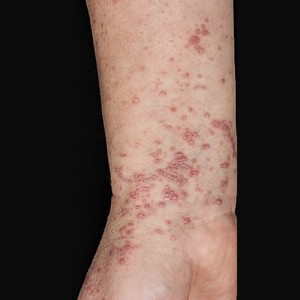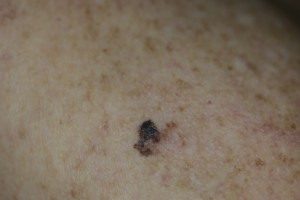“According to an analysis published in JAMA Dermatology, from 1997 to 2017, nearly 18,000 cases of depression, anxiety, and emotional lability linked to isotretinoin use were reported to the U.S. Food and Drug Administration. Those in the 10- to 19-year-old age group accounted for the larger proportion of suicides — more than individuals in their 20s or 30s (58% vs. 37% vs. 4%). This suggests that teenagers may be “particularly vulnerable to psychiatric adverse events while taking isotretinoin,” or that they are prescribed the medication more frequently, noted the study authors. The majority of individuals to die from suicide were men (79%), which is consistent with national statistics.”
Meaning… For a group in which everyone is taking Roaccutane, aged from 10-30 years, the 10-19 years of age group is more prone to psychiatric events (depression, anxiety and emotional lability). We do not know if this is due to either taking Roaccutane or being 10-19 years of age or both.
However, the suicide rate among those taking isotretinoin may be lower than in the general population. In 2009 and 2010, respectively, 8.4 and 5.6 suicides occurred for every 100,000 individuals taking isotretinoin, which was lower than national rates from the same time period (11.8 and 12.1 per 100,000). The study’s lead author noted that a risk of increased suicidal ideation in patients with acne has been reported in prior studies, irrespective of treatment method.




